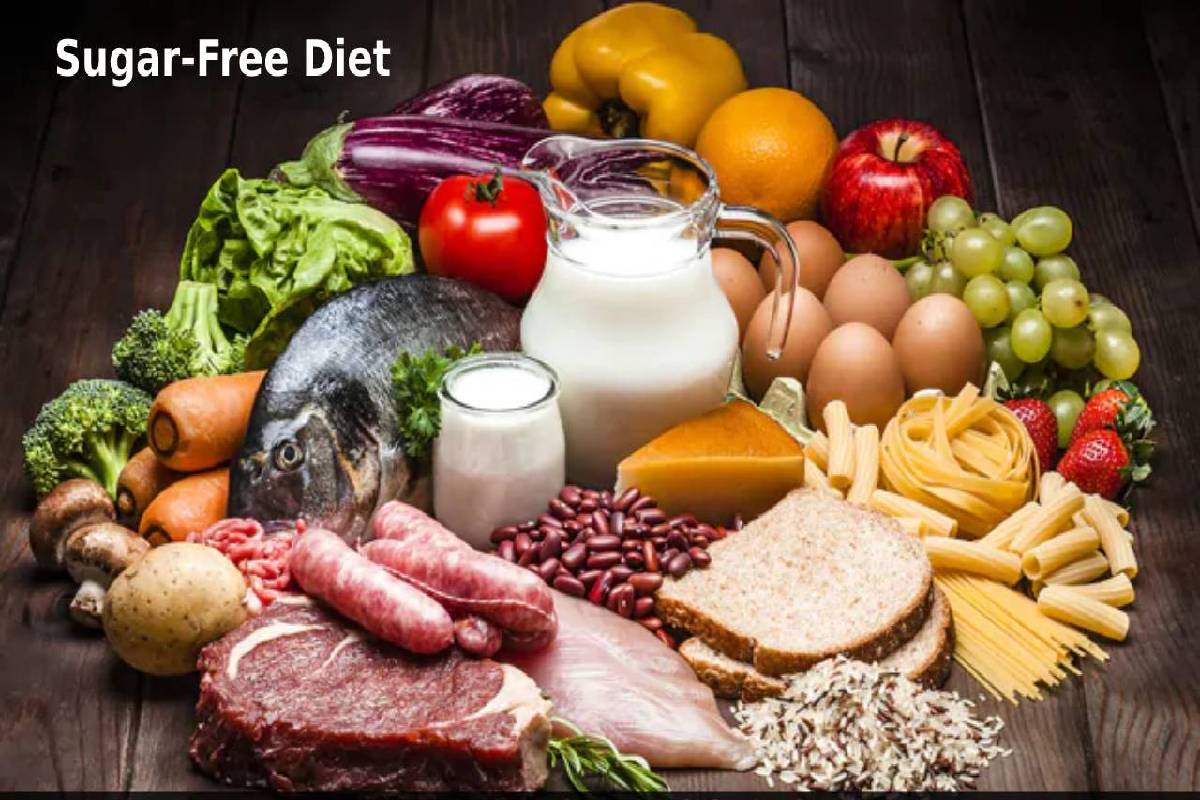The average adult consumes much more sugar than necessary, so reducing sugar intake is a good idea for most people. Some people go one step further and even nip their relationship with sugar in the bud.
Lately, the sugar-free diet has gained in popularity as people seek effective ways to stay healthy or lose weight. However, not everyone is convinced that the sugar-free diet works.
Whether we completely eliminate sugar from the diet or simply reduce the amount we eat, we offer you some practical tips
Also Read: Best Foundations for Dry Skin in 2021
Table of Contents
Do it gradually
- The main thing to remember while changing your eating routine is to do it step by step.
Going from an eating routine loaded full of sugar to one that contains no sugar should be a slow process. - We can start by eliminating the most obvious sources of sugar: cakes and muffins. eliminating sweets and sugary drinks is a great way to start.
- Reducing the amount of sugar that we put in coffee or tea is also essential.
Read the labels
- Once you’ve managed to eliminate the most obvious sugar from your diet, you can focus on other products that contain sugar.
- Reading labels can help identify the types of sugars to avoid. Sugar has many names (at least 61) and is found in many different syrups and concentrates.
- The most common include cane sugar or brown sugar, corn syrup or high fructose corn syrup, beet sugar, coconut sugar, agave syrup, apple or grape juice concentrate, honey, or panela.
- In addition, anything that ends with the suffix “-ose” also makes up a type of sugar, such as sucrose, glucose, dextrose, fructose, or lactose.
- Sugars are hidden in many different foods in the supermarket, so reading the label is an absolute must for those who want to follow a sugar-free diet.
- Salad dressings and condiments, pasta sauce, breakfast cereals, milk, and cereal bars often contain sugar in their ingredient list.
Avoid simple carbohydrates
- Many sugar-free diets also recommend that people avoid simple carbohydrates.
- Simple carbohydrates include white flour, white pasta, and white rice.
- The carbohydrates in these foods can quickly break down into sugar in the body, which can cause blood sugar levels to spike.
- The simplest thing is to replace them with integral versions.
Avoid artificial sugars
- Artificial sugar is much sweeter than sugar but contains little or no calories.
- However, taking artificial sugars can trick your body into thinking that you are eating sugar.
- This will exacerbate a person’s sugar cravings, making it more difficult for them to follow a sugar-free diet. Avoid Splenda, Stevia .
- If you look for the chemical name of these sweeteners on the ingredient labels you will find aspartame, sucralose, or saccharin.
- Excessive sugar consumption is related to obesity and metabolic syndrome, type 2 diabetes, high blood pressure and cholesterol, chronic inflammation, tooth decay.
Don’t drink sugar
- Sugar can be easy to avoid in processed foods, but sugary drinks, such as sodas, fruit juices sweetened and teas, are one of the most important sources of added sugar in the diet.
- Replacing these drinks with unsweetened herbal teas, unsweetened coffee, club soda, or just plain water can help reduce sugar intake and stay hydrated.
Focus on whole foods
- Processed food is more likely to contain added sugars or refined ingredients so we should lean towards foods.
- such as vegetables, fruits, lean meats, poultry or tofu, fish, whole grains, unprocessed, and legumes, and nuts and seeds.
Plan meals
- Following a diet without planning is difficult.
- When you feel hungry, you are more likely to reach for an unhealthy snack if you don’t have nutritious meals and snacks on hand.
Spice up your meals
- Many sweet-tasting, spices and herbs can easily be added to foods and beverages to replace sugar.
- We can use cinnamon, nutmeg, cardamom, vanilla. We can add them to coffee or sprinkle them on cereals or yogurt.
Risks and considerations
- Before starting a sugar-free diet, you should consider whether you also want to eliminate natural sugars, that is, those found in fruits and some dairy products.
- While some sugar-free diets say you should cut fruit, it’s not a good idea.
- Fruit can provide us with many nutrients, fibers, antioxidants, and other healthy compounds that help protect the body from disease.
- Including whole fruits in a sugar-free diet can be healthy, as long as we eat the fruit in moderation.
Also Read: What is Faiza Beauty Cream? – Uses, Benefits, and More

